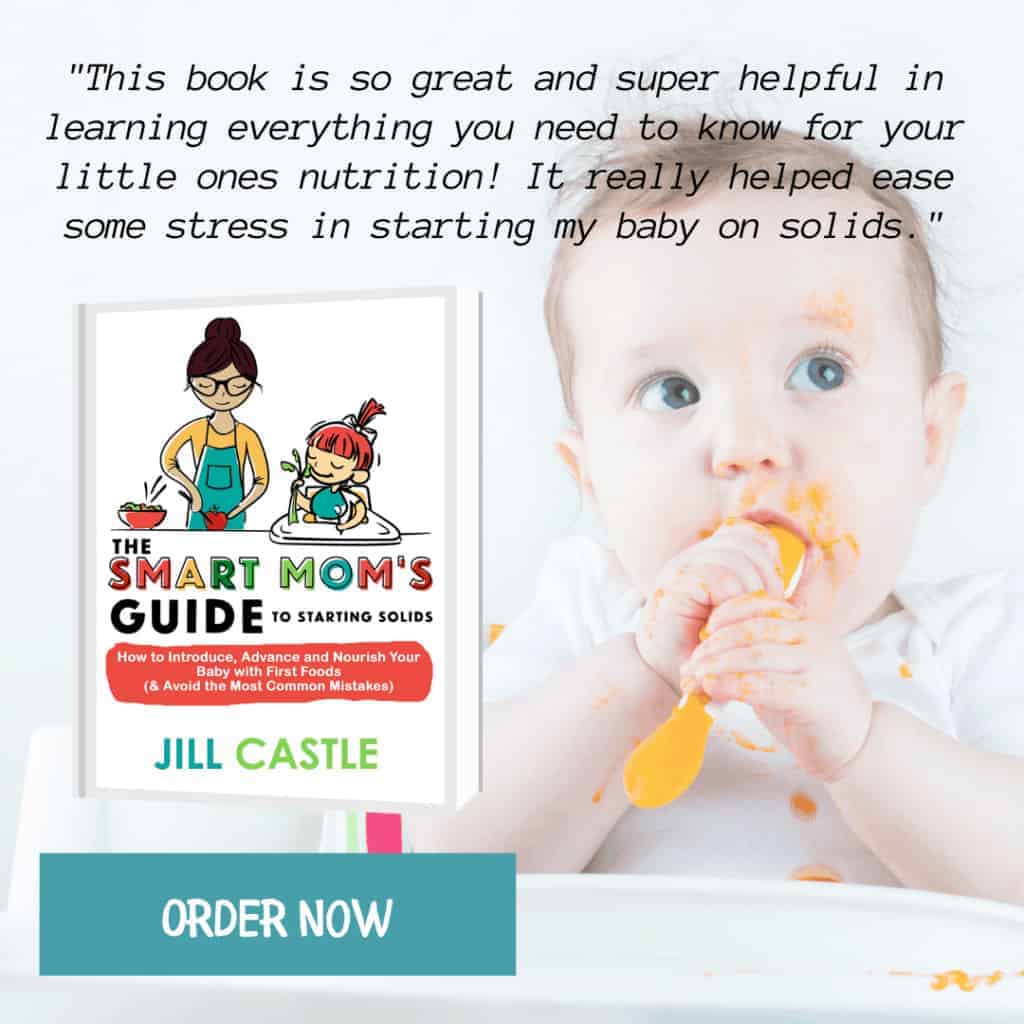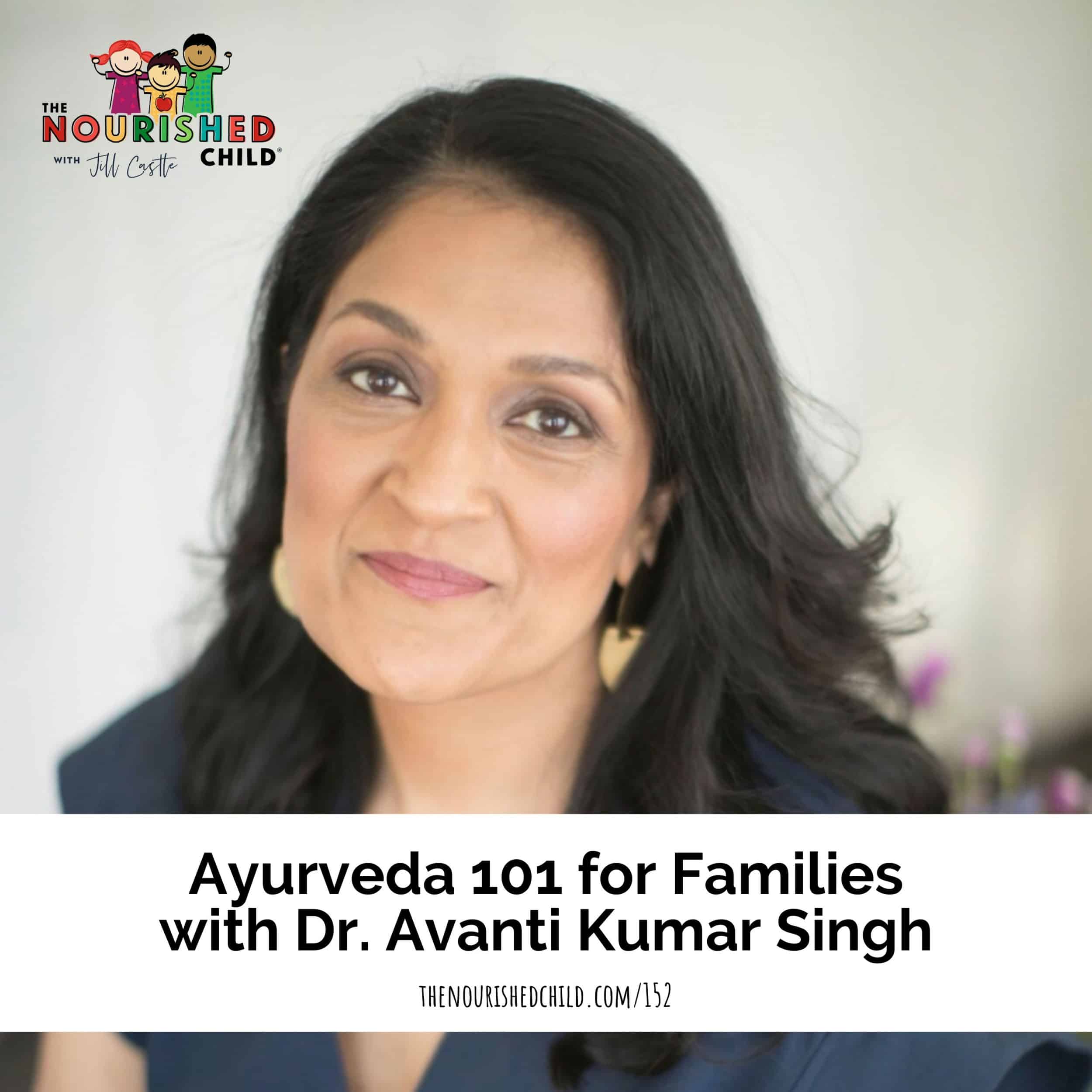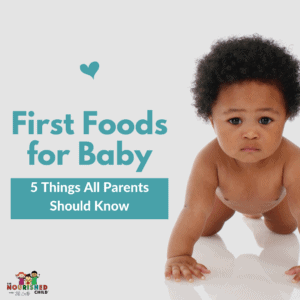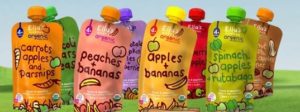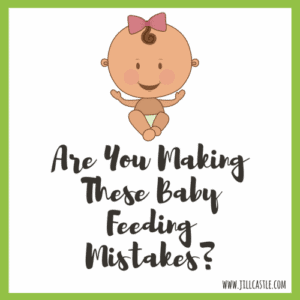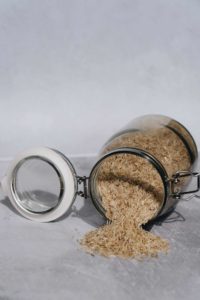How to Make Your Own Baby Food
December 31, 2021
Are you thinking about making your own baby food but don’t know where to start? In this article, I’ll show you the basics of homemade baby food in 3 easy steps!
You care about the health of your family and the ingredients that go into meals, so why not give your infant the same fresh foods you eat?
Maybe you don’t have time.
Or, you don’t consider yourself a master in the kitchen, and homemade baby food sounds too complicated.
Don’t worry – you don’t need to be a chef or have a lot of extra time to make puree baby food.
In this article, I’ll show you how to make your own baby food and give you a few baby puree ideas to get you started.
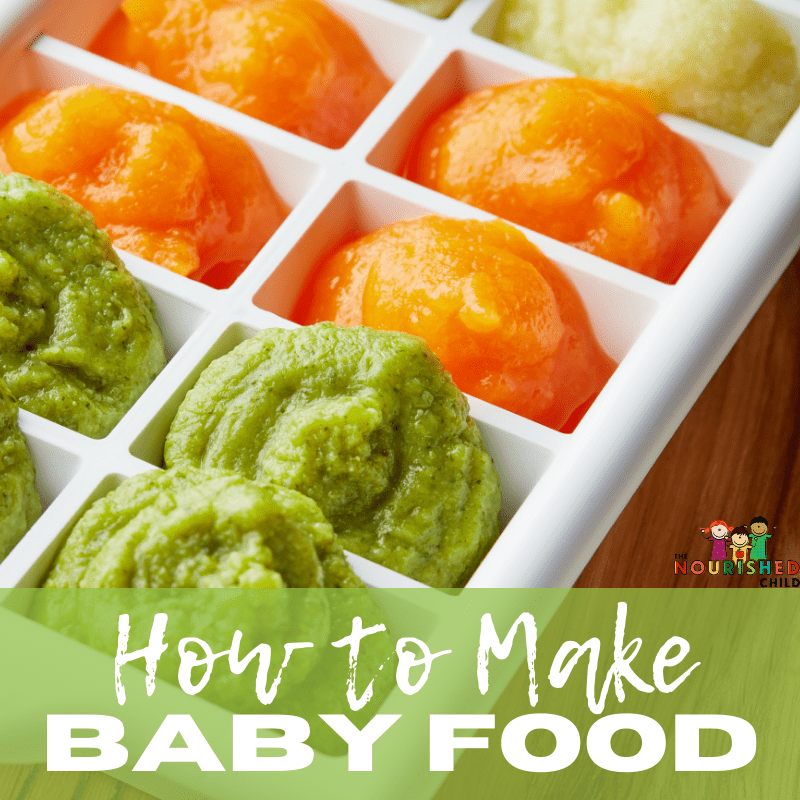
Homemade Baby Food vs. Store Bought Baby Food
You’ve probably heard about the toxins found in commercially prepared baby food and the concerning levels of arsenic found in infant rice cereals. It’s enough to scare any parent into a homemade baby food pureeing marathon!
But store bought food isn’t all bad.
Store-bought baby food is shelf stable and convenient, so it’s easy to store and grab and go. Commercially made baby food is often fortified with key nutrients infants need for healthy growth, such as iron. This is a big selling point for families who don’t have access to a nutritious diet or worry their infant won’t get the vitamins and minerals they need from food their family eats.
While store bought baby food is convenient, there are many benefits to homemade food.
Homemade baby food may be an excellent way to save money, especially if you’re choosing organic food.
Another reason is the taste!
Introduction of first foods coincides with the “flavor window”. The flavor window is between ages 4 to 7 months old when your baby’s taste buds are forming preferences (possibly lifelong preferences).
[Related: Food for Baby Led Weaning]
Pureeing food your child will eat when he grows up helps to train his taste buds to like and accept these foods. It may even prevent picky eating! You can start flavor training even before you introduce complementary foods at 4 to 6 months old.
Take advantage of this period in your infant’s life and expand his world of flavors.
Step By Step Baby Food: How to Make It in 3 Easy Steps
Let’s dive into homemade baby food!
You’ll need a food processor or blender, meat thermometer, ice tray or small containers, and a few spare minutes (that’s the hardest part!).
Step 1: How to Introduce Food to Your Child
Although homemade baby food contains the ingredients you choose for your baby, the same food introduction guidelines apply to fresh puree baby food as processed baby food.
- When your baby is around 6 months, it’s time to introduce cereals and pureed foods.
- Introduce one new food at a time and watch for any signs of intolerance or allergic reaction. This usually occurs within 24 hours. If your baby has a reaction, you know which food is the culprit. Giving your child a time period of 1 to 3 days between new foods to ensure tolerance is a good idea. Before you know it, your baby will be eating all kinds of food!
- According to the American Academy of Pediatrics, there isn’t a specific order to introduce foods for children. I generally advise starting with high nutrient foods like meats and grains (for the iron). You’ll quickly add in vegetables and fruits. Remember, your baby is still getting nutrients from drinking formula or breast milk.
TIP: Make sure pureed foods aren’t mixed with ingredients that you haven’t introduced your baby to yet.
[Check out my book, The Smart Mom’s Guide to Starting Solids, as I go through all the steps to starting solids, preventing allergies, and helping your baby eat all the foods your family does by age one.]
Step 2: How to Prep Food Before Pureeing
Okay, you selected fresh ingredients for your baby.
Now what?
First, thoroughly wash all fruits and vegetables.
Fruit
- Peel the fruit and remove all seeds (especially apple seeds which contain arsenic).
- Steam or boil fruit until soft.
Vegetables
- Peel, remove seeds and trim ends.
- Steam or boil vegetables until soft. Vegetables need to be cooked well before pureeing or they’ll be too tough for your baby.
Soft Meats
- Choose soft meats like chicken and turkey to start with. Darker versions contain more iron.
- Remove bones, skin, extra fat and tough cartilage (it’s easy to buy deboned meat but always double check for bones).
- Thoroughly cook all meat and poultry.
SAFETY TIP: Thorough wash fruits and vegetables and cook meats to avoid food-borne illnesses. According to the USDA, minimal internal temperatures should reach 165 °F for poultry, 145 °F for beef, and 160 °F for ground beef.
Step 3: How to Puree and Store Homemade Baby Food
Once you have the food prepped, add each one to a food processor or blender.
Fruits puree easily without added liquid. But you may need to add a little formula or breast milk to meat to get a puree consistency. Add just enough so the puree is smooth but still thick enough to scoop with a spoon.
Too thin or too thick can cause your infant to choke.
- Pulse until the puree is a smooth consistency (watch out for lumps, especially stubborn apple pieces!)
- You can either push through a sieve or scoop out any small lumps or pieces.
- Store in sealed containers in the refrigerator for a few days. Or freeze in individual serving sizes so you always have food ready to go for your hungry little one.
STORAGE TIP: You don’t have to buy special containers. Use ice trays to freeze individual serving sizes of purees.
Baby Puree Ideas
Here are some baby puree ideas that go well together and are infant favorites!
- Pear puree
- Apple puree
- Apple pear puree
- Apricot puree
- Apple banana puree
- Green bean puree
Gradually increase the consistency as your baby gets older. Around 7 to 8 months, he’ll be ready for finger food.
Final Thoughts About Making Baby Food
While generally safe, you don’t have to use jarred baby food.
With a little planning, making your own baby food is a healthy and cost saving alternative to commercial baby foods.
This isn’t about feeling guilty about not making your own baby food if you don’t have the time to put into it. Whether you make homemade baby food or buy store-bought baby food is a personal choice for your family.
But it doesn’t have to be one or the other. You can do both!
Try offering your baby a taste of pureed food using the ingredients from your meals when you’re able to. Get the advantage of convenience while exposing your baby’s taste buds to the flavors your family shares at mealtime.
You may also enjoy:
Is Rice Cereal Safe for Babies?

